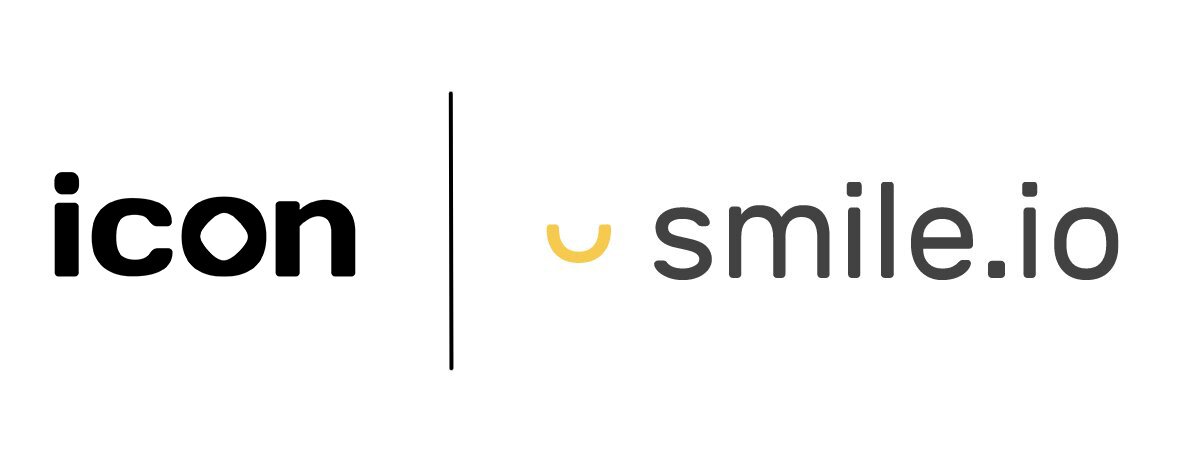Mike Rossi is the co-founder and CEO of Smile.io, the loyalty programs platform running points, rewards, and referrals for nearly a decade. Their 50,000+ clients run the gauntlet from small businesses to category-defining names like Polaroid, Topps, and Inkbox.
We sat down with Mike to discuss Smile’s transition from an agency model into a lucrative eCom tool, when brands should kickstart rewards, and how to build long-lasting communities.
“Our goal is to help as many brands as possible through frictionless onboarding and a killer product. In turn, Smile can position itself as a low-cost, low-effort tool delivering repeat sales for every brand we partner with.”
Shifting Focus: Agency to eCom Tool
In the early 2010s, the Smile.io team was an agency that assisted brands and merchants running on Magento, the eCom platform by Adobe. They built Magento Extensions for clients, which were essentially various features and integrations for stores — including one for loyalty programs that could be easily installed by any merchant on the web.
The team sold this extension as a low-level product company while continuing to operate as an agency until the wave of eCom tooling and general user demand — clients’ ad spend was ramping up while retention decreased — led to a full-time shift toward Smile.io as it is now.
In terms of the transition in business model, an agency with a notable number of clients demonstrating interest in a potential product likely already possesses the necessary validation for a strong product-market fit.
After all, shifting out of an agency model means you very likely already have a user pool that wants to pay for this product, especially when compared to someone starting from scratch in terms of product validation or sales relationship building.
However, more difficulties can arise in terms of cash flow and operations. For instance, the cash flow model for an agency entails cash committed upfront for labor, while products require essentially taking a gamble by investing an amount of capital and hoping to see ROI over time.
“If you have close relationships with your clients, you’re in a much better position to know what the market wants compared to someone on the outside looking in.”
When to Optimize Reward Timelines
When asked at what point brands should begin establishing loyalty programs for customers, Mike insists it varies among categories. He described a matrix that the Smile team utilizes, with natural purchase frequency on one axis and profit margins on the other.
A product that has high profit margins and low purchase frequency — such as cars, boats, and other vehicles — is naturally illogical for any type of rewards program for repeat purchases.
However, a product with lower margins and greater purchase frequency, i.e. foods or cleaning supplies, is far more ideal for rewarding frequent purchases and thus priming for brand loyalty.
Smile, therefore, recommends loyalty programs for businesses that fall into the latter bucket — and subsequently have greater likelihoods for success with the platform. For example, repeat purchase rates after onboarding with Smile increase by 20% on average in six months.
But Mike says the structure of the Smile platform — little-to-no cost, setup, and maintenance, with low risk and high potential reward — means rewards don’t have to be restricted to mature brands, as would be the case for a more complicated or pricey loyalty program.
Early businesses receiving as few as 10+ purchases per month can begin to reward customers while receiving 100+ monthly purchases is an ideal entry point for a Smile loyalty program.
“We’ve designed Smile to be intuitive across setup and maintenance, so I’d really feel comfortable recommending it for any stage of a brand’s growth journey.”
A Tool for Scaling DTC Communities
In Mike’s opinion, many brands have grown heavy-handed in using community as a buzzword or default method for building, or perhaps forcing, brand identity and a loyal user base — without a solid product to justify it.
Instead, the Smile team considers a user community to be the final outcome of other foundational brand components done well, such as an evergreen product, organic social materials, thorough post-purchase and return experiences, and so on.
Within that user flow, rewards should convert a user who’s simply had a positive purchase into one who’s impressed enough to return.
This then helps catalyze a population of customers who are high in repeat purchase and brand enthusiasm, AKA community members.
That community can then be solidified by whatever method organically suits the brand at hand, whether that’s Instagram comment sections, in-person meetups, or pop-up shops.
“Community is wildly overused right now. If you make something cool and help facilitate folks that want to meet each other, a community will naturally form.”
The Future of the eCom Tech Stack
For early eCom brands attempting to assemble or retool their tech stacks in a time where the ecosystem feels entirely inundated with options, Mike recommends basing your degree of experimentation and iteration on the maturity, and potentially the vertical, of your company.
In his words, a young brand can and should be iterating with numerous tooling options on a consistent basis to gauge which elements click best with both your model and your customers.
The faster you can iterate, the faster you can get to your ideal, tailored tech stack.
Once a brand matures, however, the opportunity to tinker with a stack grows more expensive and can risk a customer’s user experience. In this case, Mike strongly cautions against too many tooling stack adjustments, when dollars and time could instead be directed elsewhere.
Put simply, too little iteration early on and too much iteration at a later phase can both be equally damaging to your brand’s overall health and ability to scale over time.









